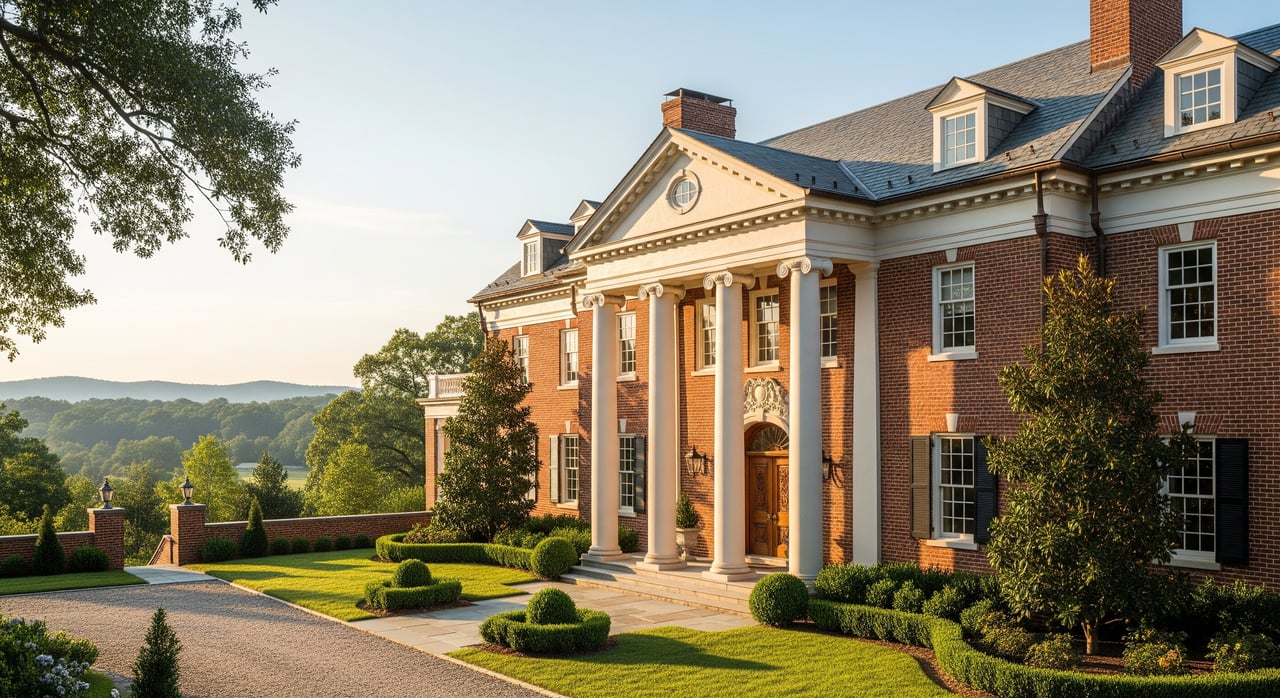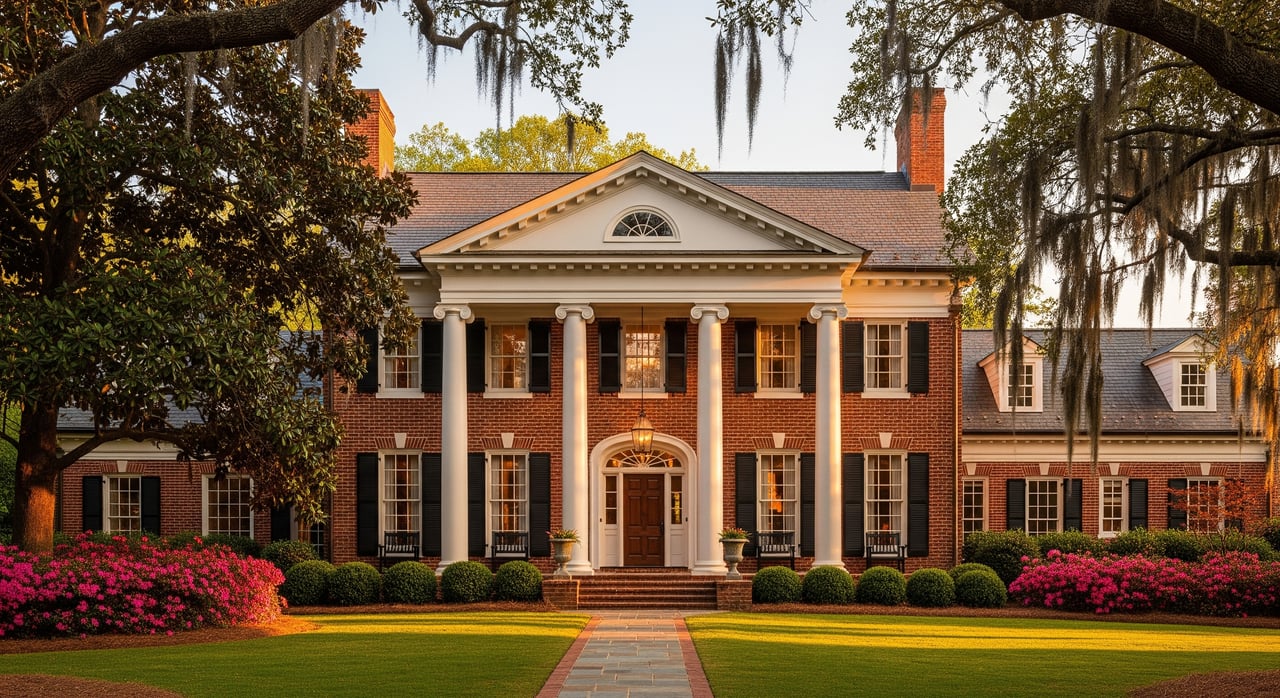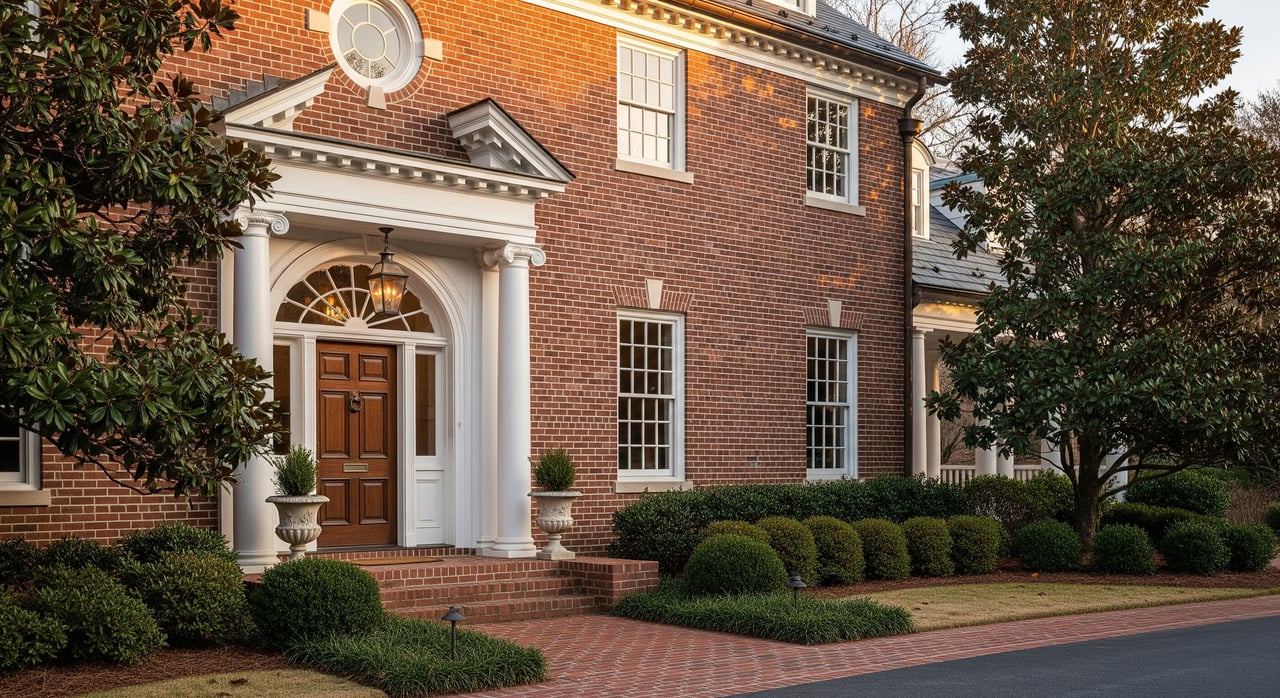Chapel Hill, NC, a charming town known for its vibrant academic environment and picturesque landscapes, boasts a fascinating array of architectural landmarks. From historic buildings that echo the past to contemporary structures that signify modern innovation, Chapel Hill's architecture is a testament to the town's rich heritage and forward-thinking spirit. This article explores some of the most notable architectural landmarks that contribute to Chapel Hill's unique character.
The University of North Carolina at Chapel Hill
One of the most significant architectural landmarks in Chapel Hill is the University of North Carolina at Chapel Hill (UNC), the oldest public university in the United States. Founded in 1789, the campus is a blend of historical and modern architectural styles. The iconic Old Well, a neoclassical rotunda, stands at the heart of the campus and symbolizes the university's enduring legacy. Surrounding it are other historic buildings like South Building, Old East, and Old West, which feature classic Georgian architecture. These structures, with their red brick facades and white columns, reflect the early American architectural influences.
Historic Franklin Street
Franklin Street is not just the main thoroughfare of Chapel Hill but also a living museum of architectural styles. Walking down this street offers a glimpse into the town's evolution over the centuries. The Franklin-Rosemary Historic District, for instance, showcases early 20th-century Colonial Revival and Craftsman-style homes. These residences are characterized by their intricate woodwork, expansive porches, and elegant symmetry, capturing the essence of American residential architecture from that era.
The Ackland Art Museum
Located on the UNC campus, the Ackland Art Museum is a prime example of mid-century modern architecture. Designed by Eggers and Higgins, the museum opened in 1958 and features clean lines, functional spaces, and a minimalist aesthetic. The building's design emphasizes simplicity and harmony with its surroundings, creating a serene environment for the museum's diverse art collections. The Ackland Art Museum stands as a testament to the enduring appeal of modernist principles in architecture.
The Carolina Inn
The Carolina Inn, situated near the UNC campus, is a charming blend of Southern elegance and Colonial Revival architecture. Built in 1924, the inn's design features classic Georgian elements, including a symmetrical facade, brick construction, and white columns. The Carolina Inn has been meticulously preserved and modernized over the years, maintaining its historical charm while offering contemporary amenities. This landmark not only provides luxurious accommodations but also serves as a historical touchstone for visitors to Chapel Hill.
Morehead Planetarium and Science Center
Opened in 1949, the Morehead Planetarium and Science Center is a striking example of mid-20th-century architecture. Its design combines elements of Art Deco and modernist styles with a focus on functionality and educational purpose. The planetarium's dome, a prominent feature of the building, reflects the era's fascination with space exploration and scientific discovery. The Morehead Planetarium has been a center for learning and inspiration, attracting visitors with its architectural beauty and educational programs.
The Horace Williams House
The Horace Williams House, built in 1854, is a notable example of Greek Revival architecture in Chapel Hill. This historic house features characteristic elements such as tall columns, a pedimented gable, and symmetrical proportions. The interior of the house is equally impressive, with high ceilings, intricate moldings, and period furnishings. The Horace Williams House is a significant cultural landmark, hosting various community events and art exhibits, thereby preserving its historical and architectural heritage.
PlayMakers Theatre
PlayMakers Theatre, also known as Smith Hall, is an architectural gem located on the UNC campus. Designed by renowned architect Alexander Jackson Davis and completed in 1851, the building is a prime example of Greek Revival architecture. The theatre's grand portico, supported by massive Ionic columns, creates an imposing yet elegant facade. Inside, the theatre boasts a richly decorated auditorium with excellent acoustics, making it a cherished venue for theatrical performances and cultural events.
Coker Arboretum
While primarily known for its botanical beauty, Coker Arboretum on the UNC campus also features noteworthy architectural elements. The arboretum, established in 1903, includes several structures that blend seamlessly with the natural landscape. The rustic pergola and stone bridges are designed in harmony with the surrounding flora, reflecting the principles of landscape architecture that emphasize integration with nature. These structures enhance the arboretum's serene atmosphere and provide picturesque settings for visitors.
The Chapel of the Cross
The Chapel of the Cross, an Episcopal church located near the UNC campus, is an exquisite example of Gothic Revival architecture. The original chapel, built in 1842, features pointed arches, lancet windows, and a steeply pitched roof, all characteristic elements of the Gothic Revival style. An addition to the church in the early 20th century seamlessly integrated with the original structure, maintaining its architectural integrity. The Chapel of the Cross is not only a place of worship but also a historical landmark that reflects Chapel Hill's architectural and cultural heritage.
Work with Dana Today
Chapel Hill, NC, is a town where history and modernity coexist harmoniously through its diverse architectural landmarks. From the historic buildings of the University of North Carolina at Chapel Hill to the mid-century modern design of the Ackland Art Museum, each structure tells a story of the town's evolution and cultural richness. These landmarks are not merely buildings but symbols of the community's identity and aspirations.
For those interested in exploring the architectural beauty of Chapel Hill or considering making this charming town their home, the expertise of local professionals can be invaluable. To learn more about Chapel Hill real estate opportunities, and the architectural gems that make this town unique, reach out to Dana Wicker Cantrell for personalized guidance and insights.
For those interested in exploring the architectural beauty of Chapel Hill or considering making this charming town their home, the expertise of local professionals can be invaluable. To learn more about Chapel Hill real estate opportunities, and the architectural gems that make this town unique, reach out to Dana Wicker Cantrell for personalized guidance and insights.




